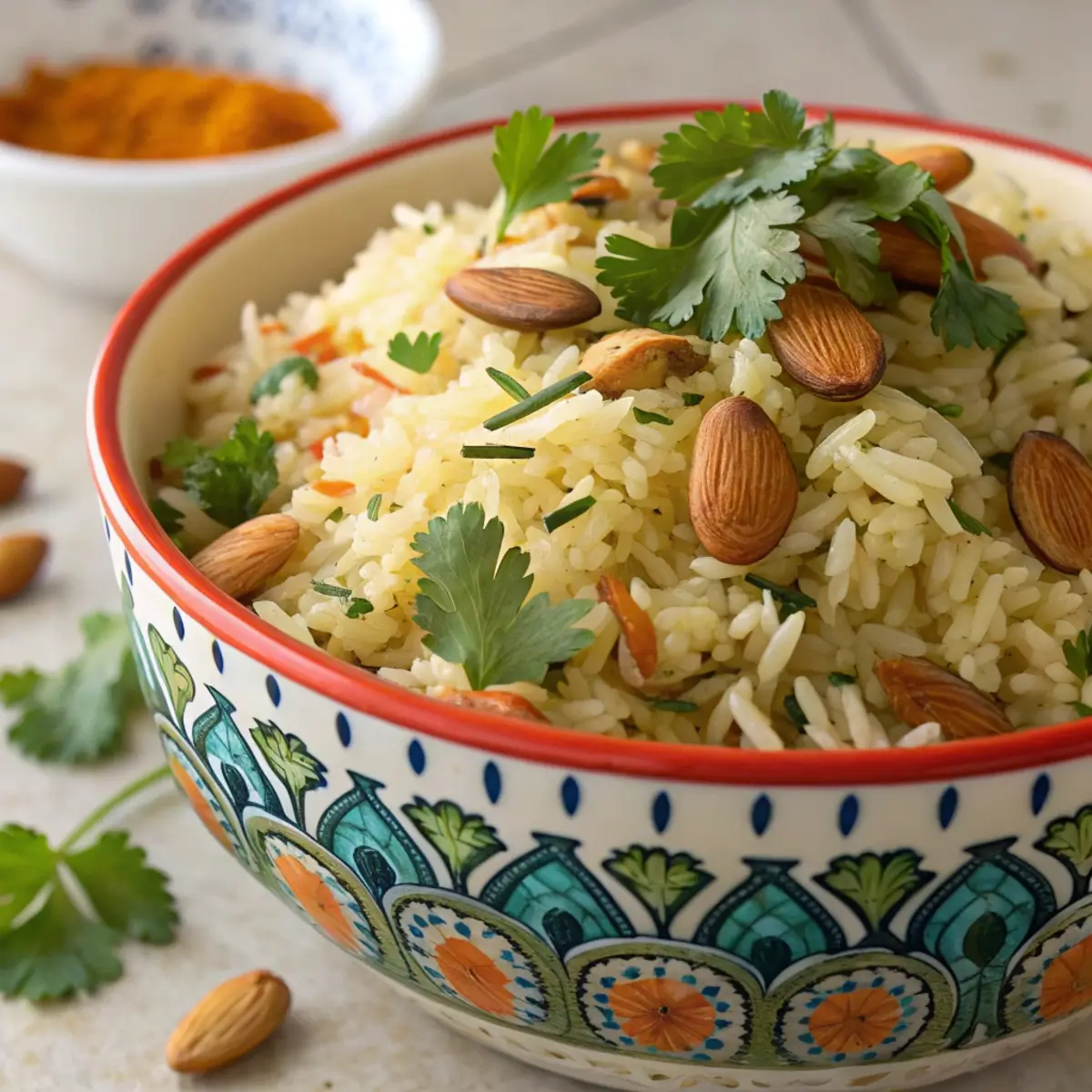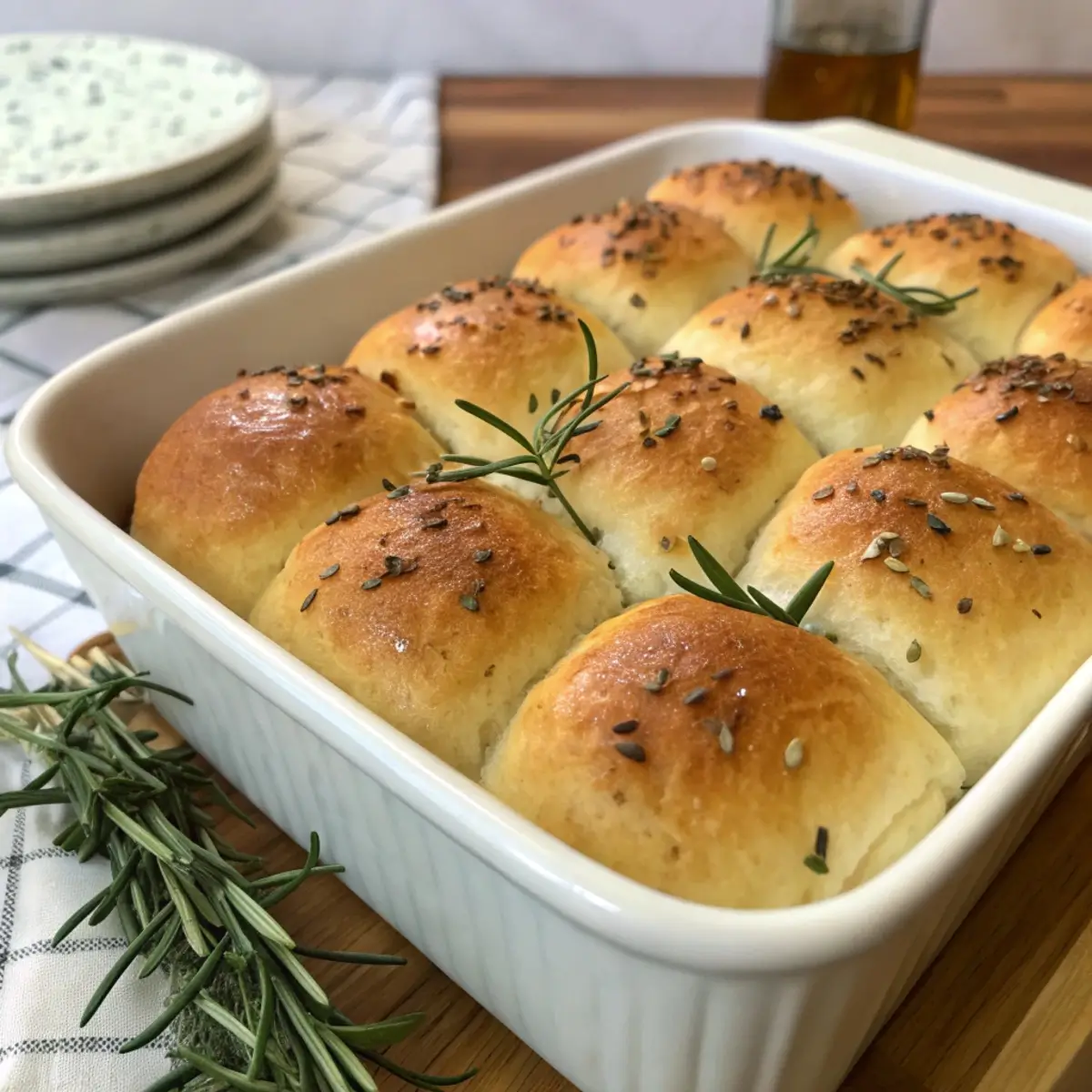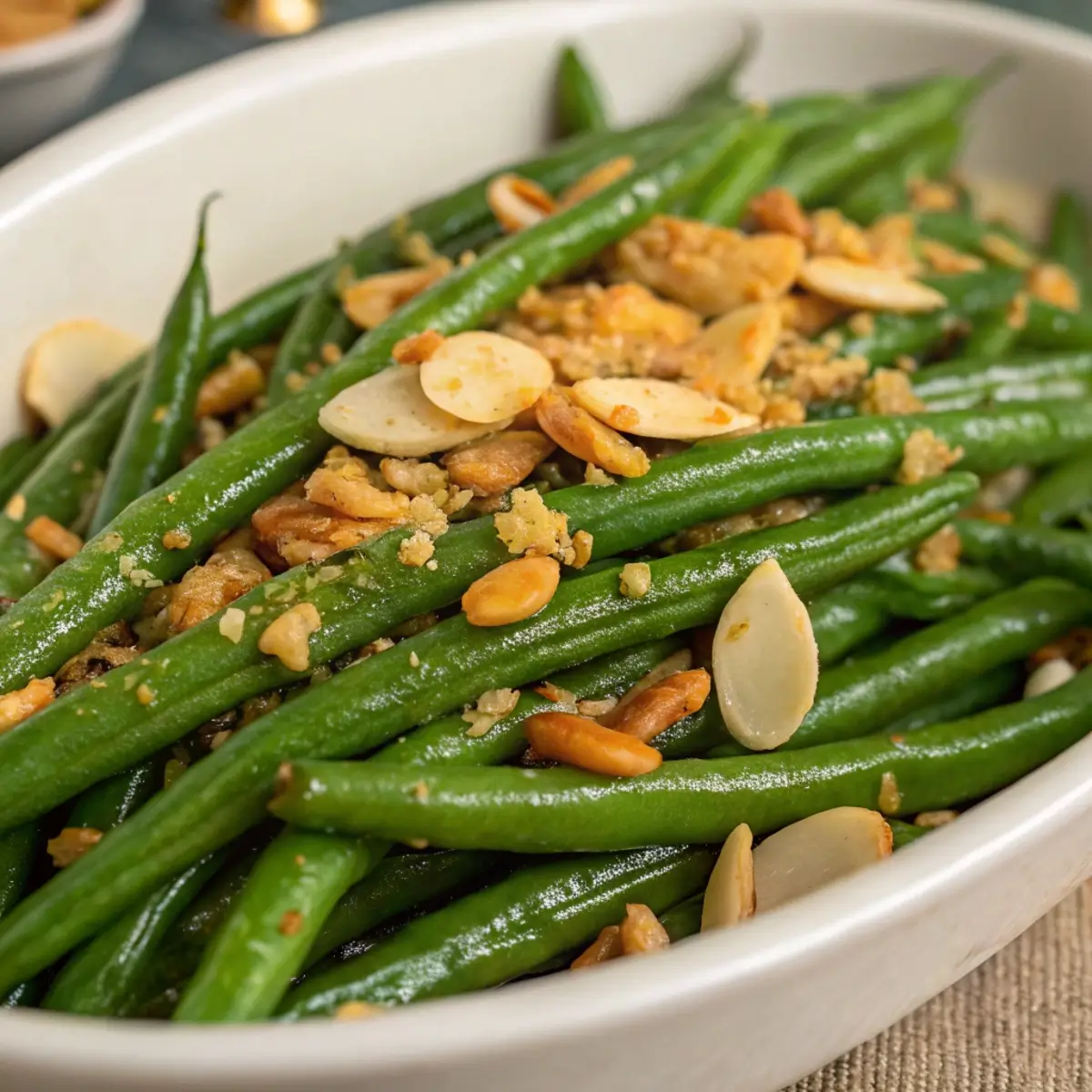Contents
- 1 Why Roasted Butternut Squash Belongs on Every Christmas Table
- 2 The Flavor Magic of Maple and Sage
- 3 Ingredients for Maple Sage Roasted Butternut Squash
- 4 How to Peel, Cut, and Prepare Butternut Squash Easily
- 5 How to Roast Butternut Squash to Caramelized Perfection
- 6 Optional Holiday Add-Ins for an Elevated Dish
- 7 Serving Ideas for Christmas and Winter Menus
- 8 Tips for Perfectly Roasted Butternut Squash
- 9 Make-Ahead Instructions for Christmas Cooking
- 10 Storing and Freezing Leftovers
- 11 Nutrition Notes
- 12 Troubleshooting Common Issues
- 13 Frequently Asked Questions
Roasted butternut squash with maple and sage is one of those rare holiday side dishes that manages to be comforting, beautiful, and incredibly simple all at once. Its natural sweetness caramelizes in the oven, the edges turn irresistibly golden, and the aroma of warm sage fills the kitchen with unmistakable winter coziness. When it hits the table, it brings a brilliant splash of orange color that lights up any Christmas menu.
This festive vegetable side dish is wonderfully versatile. You can serve it with roasted poultry, hearty winter beef dishes, glazed ham alternatives, seafood dinners, or vegetarian holiday mains. Even better, it’s entirely plant-based, wholesome, nourishing, and free from pork or alcohol. Just clean, seasonal ingredients cooked in the simplest, most flavorful way.
Whether you’re hosting a large Christmas dinner, attending a holiday potluck, or planning a cozy winter meal for your immediate family, this roasted butternut squash with maple sage is a reliable and impressive favorite. It’s a celebration of winter flavors — maple sweetness, earthy herbs, and buttery caramelization — all wrapped into one beautiful Christmas side dish.
Why Roasted Butternut Squash Belongs on Every Christmas Table
When most people think about Christmas food, they picture hearty casseroles, rich potato sides, breads, and heavy sauces. Those dishes have their place — they’re classic for a reason — but they benefit from the contrast of something bright, natural, slightly sweet, and deeply aromatic. That’s where roasted butternut squash shines.
Here’s why it’s an essential holiday side:
Vibrant color – its warm golden-orange hue resembles Christmas candlelight and winter warmth.
Seasonal ingredients – butternut squash, maple syrup, and sage are classic winter flavors.
Balanced flavor profile – the sweetness from the squash and maple contrasts savory herbs beautifully.
Healthy comfort food – satisfying without being heavy.
Universal appeal – kids love it, adults enjoy it, and it fits nearly every diet.
No alcohol and no pork – suitable for all guests.
Effortlessly elegant – looks stunning with minimal effort.
This simple combination allows a vegetable to take center stage on a plate full of holiday richness.
The Flavor Magic of Maple and Sage
Maple and sage are beloved winter pairings. Individually, they offer warmth, depth, and natural earthiness. Together, they elevate the roasted squash into something beautifully festive.
Maple Syrup
Pure maple syrup adds:
-
Warm sweetness
-
Light caramelization
-
Glossy finish
-
A seasonal touch that feels comforting and special
It works with squash similarly to how it enhances roasted nuts — intensifying flavor without overwhelming it.
Sage
Sage is a traditional winter herb recognized by its earthy, slightly peppery aroma. It:
-
Complements sweetness with savory depth
-
Adds holiday fragrance
-
Pairs well with poultry, vegetables, and grains
-
Makes the dish taste more “Christmas-like” instantly
Fresh sage is ideal, but dried sage works if you reduce the amount.
Together, maple and sage bring harmony to the recipe, offering both sweetness and herbal richness.
Ingredients for Maple Sage Roasted Butternut Squash
This recipe calls for simple seasonal ingredients:
-
1 large butternut squash, peeled, seeded, and cubed
-
3 tablespoons pure maple syrup
-
2 tablespoons olive oil (or melted butter)
-
1 tablespoon fresh sage, finely chopped
-
½ teaspoon dried sage (if not using fresh)
-
½ teaspoon salt
-
¼ teaspoon black pepper
-
Optional additions: cinnamon, nutmeg, thyme, pecans, walnuts, or dried cranberries
These ingredients bring both sweetness and warmth, giving the dish holiday flair while keeping it simple and natural.
How to Peel, Cut, and Prepare Butternut Squash Easily
Butternut squash can be intimidating, but with the right approach, prepping it is quick and safe.
Step 1: Slice Off the Ends
Cut off both ends to create flat, stable surfaces.
Step 2: Peel the Squash
Use a sharp vegetable peeler to remove the tough outer skin. Peel thoroughly until you see uniformly bright orange flesh.
Step 3: Cut in Half
Separate the long neck from the round base.
Step 4: Remove Seeds
Scoop out seeds using a spoon.
Step 5: Cut into Even Cubes
Slice into 1-inch cubes.
Even size is key for evenly roasted pieces with caramelized edges.
If you prefer convenience, pre-cut squash can be used, but fresh-cut squash provides better texture and flavor.
How to Roast Butternut Squash to Caramelized Perfection
Roasting is the secret behind deep flavor and perfect texture. When squash roasts, its natural sugars caramelize, giving you golden edges and a velvety soft interior.
Step 1: Preheat the Oven
Set to 400°F (205°C).
A hot oven ensures crisp edges and caramelization.
Step 2: Season the Squash
Place squash cubes in a large bowl and toss with:
-
Olive oil
-
Maple syrup
-
Sage
-
Salt
-
Black pepper
Make sure every piece is coated evenly.
Step 3: Arrange on a Baking Sheet
Spread squash in a single layer with space between pieces.
Overcrowding causes steaming instead of roasting.
Step 4: Roast
Bake for 25–35 minutes, flipping halfway.
Finished squash should be:
-
lightly caramelized around the edges
-
tender in the center
-
glossy from the maple glaze
Step 5: Finish with Extra Sage
Sprinkle additional fresh sage for fragrance and color.
The result is a naturally sweet, savory, aromatic, and festive side dish that pairs with nearly everything.
Optional Holiday Add-Ins for an Elevated Dish
To adapt this recipe for different Christmas menus, you can incorporate additional flavors.
Cinnamon and Nutmeg
Adds warm holiday spice.
Thyme
A more subtle herb option that complements sage.
Toasted Pecans or Walnuts
Adds crunch and richness.
Dried Cranberries
Adds bright pops of sweetness and color.
Orange Zest
Bright and citrusy for extra holiday flair.
Maple Butter Drizzle
For a sweeter finish, mix 1 tablespoon melted butter with 1 tablespoon maple syrup and drizzle before serving.
Each variation transforms the dish slightly, allowing you to match the flavors to your meal or theme.
Roasted butternut squash with maple sage is incredibly versatile and pairs well with nearly every kind of winter main dish.
Pair It With Poultry
-
Roasted chicken
-
Christmas turkey
-
Herb-seasoned Cornish hens
-
Lemon garlic chicken thighs
Pair It With Beef
-
Beef tenderloin
-
Holiday roast beef
-
Steak medallions
-
Braised short ribs
Pair It With Seafood
-
Brown butter salmon
-
Garlic baked cod
-
Lemon rosemary trout
Pair It With Vegetarian Mains
-
Stuffed acorn squash
-
Mushroom Wellington
-
Lentil loaf
-
Spinach and ricotta stuffed pasta shells
Add It to Buffet Tables
It complements:
-
Rice pilaf
-
Mashed potatoes
-
Winter salads
-
Stuffing alternatives
-
Roasted vegetables
This squash dish adds warmth, color, and balance to heavier holiday plates.
Tips for Perfectly Roasted Butternut Squash
Here are professional-level tips to achieve flawless texture:
Cut evenly – Equal cube size prevents undercooking or burning.
Use a high oven temperature – 400°F is ideal for caramelization.
Don’t overcrowd the pan – If needed, use two sheet pans.
Flip halfway through – Ensures even browning.
Add sage at the right time – Mix some into the glaze and sprinkle more at the end for fresh aroma.
Use real maple syrup – Avoid artificial syrups, which don’t caramelize properly.
Following these steps ensures roasted squash that tastes like it came from a holiday restaurant kitchen.
Make-Ahead Instructions for Christmas Cooking
Holiday meals can get hectic, so this recipe is wonderfully make-ahead friendly.
Prep Ahead
-
Peel and cube squash up to 48 hours in advance; store refrigerated.
-
Chop sage 1 day ahead.
-
Mix maple glaze 1–2 days ahead.
Full Make-Ahead Roasting
You can roast the squash fully in advance:
-
Bake as directed.
-
Cool completely.
-
Refrigerate up to 3 days.
To reheat:
Warm at 350°F for 10–15 minutes.
Add a drizzle of maple syrup to refresh the flavor.
Storing and Freezing Leftovers
Refrigeration
Store cooked squash in an airtight container for up to 4 days.
Freezing
Roasted butternut squash freezes well for up to 2 months.
To reheat from frozen:
-
Bake at 375°F until warmed through
-
Add a bit of olive oil or maple to restore texture
Meal Prep Use
Stir into salads, grain bowls, soups, or omelets.
Nutrition Notes
This recipe is naturally nutritious:
-
Rich in fiber
-
Packed with vitamin A and antioxidants
-
Contains healthy fats from olive oil
-
Naturally sweetened
-
Plant-based and gluten-free
It’s a wholesome side dish that fits many dietary preferences.
Troubleshooting Common Issues
Squash turns mushy
-
Pieces too small
-
Oven too low
-
Overcrowded baking sheet
Squash is dry
-
Not enough oil
-
Over-roasting
Squash didn’t caramelize
-
Temperature too low
-
Uneven cubes
-
Artificial syrup instead of pure maple
Edges burned quickly
-
Oven runs hot; reduce temperature by 15–25 degrees next time.
Frequently Asked Questions
Can I use frozen butternut squash?
Yes, but it won’t caramelize as well. Roast from frozen and add extra olive oil.
Can I use honey instead of maple?
Yes, but the flavor becomes less “Christmas-like.” Maple is preferred for winter dishes.
Can I use other herbs?
Rosemary, thyme, and parsley all work well.
Is peeling the squash necessary?
Yes. Butternut squash skin becomes tough after roasting.
Can I make this recipe vegan?
It already is—just ensure you use olive oil instead of butter if you prefer fully plant-based.
Can I add other vegetables?
Yes. Carrots, sweet potatoes, and parsnips roast beautifully with the same glaze.





